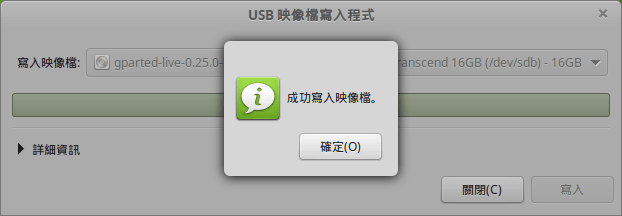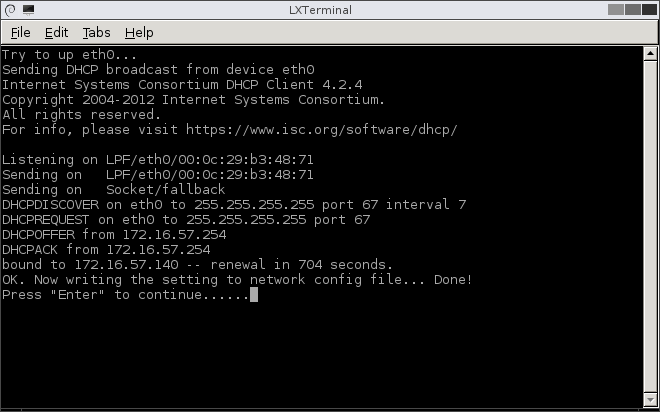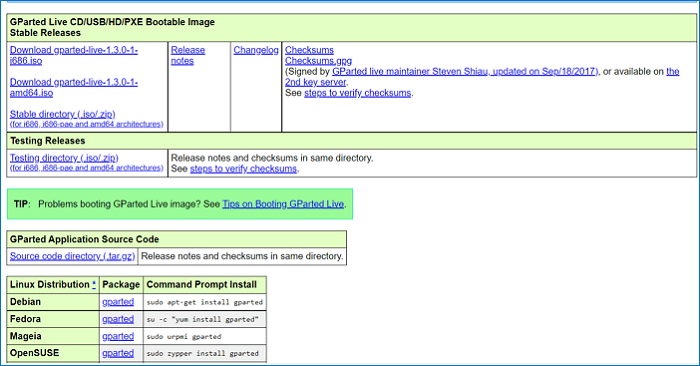
- GPARTED LIVE USB MAC HOW TO
- GPARTED LIVE USB MAC FOR MAC
- GPARTED LIVE USB MAC INSTALL
- GPARTED LIVE USB MAC FULL
- GPARTED LIVE USB MAC PORTABLE
GPARTED LIVE USB MAC FOR MAC
Ubuntu has been installed on your SSD, but you won’t be able to boot into it since there’s no EFI boot loader, needed for Mac firmware to recognize the OS as bootable.

When it is finished, choose "continue testing", as we have a few more things to do.Go through the rest of the installation.Choose this device for boot loader installation: select the device that corresponds to the ext4 partition.and apply these options (there should be a better way to do this, but this works): Your best confirmation is to look at the size of the disk. Find the ext4 formatted partition you just created in GParted.Double click "Install Ubuntu" in upper left corner on the desktop.Connect to WiFi (this saves time later, but is optional).Make a note of the ext4 partition name, e.g.Apply the new partitions by clicking the green check.New size: default (unless you want yet another partition).Add another new partition with the following options:.New Size: 8192 MiB (this should match your RAM, e.g.Add a new partition (click Partition > new).Click the green check box to apply the operations. The delete operations are now queued, but have not been applied.Mine had two partitions to delete: a fat32 system with label EFI, and a hfs+ system with label EmptyDrive. Delete all the partitions EXCEPT the hfs+ Ubuntu Boot Loader partition.Make sure the size of the drive makes sense. select /dev/sdd, or whatever the appropriate letter is for you). In GParted, find your external SSD drive in the upper right box (e.g.Open GParted (click the upper left corner icon, type in "GParted" and click the GParted Partition Editor application icon).Select the Orange EFI Boot option (right arrow, enter).With the option key pressed on your keyboard, boot up your Mac.Insert your USB flash drive that has the Ubuntu installer on it.
GPARTED LIVE USB MAC INSTALL
Part 2: Install Ubuntu on the external SSD Start up an Ubuntu live session Select the Untitled partition, click erase, and rename it to Ubuntu Boot Loader.

In the window that pops up informing you that a new Untitled partition will be created, accept by clicking Partition. That is overkill, but it makes things simple. In this example I changed the original ~128 GB to ~127 GB. Reduce the size of the EmptyDrive partition by at least 128 MB.

GPARTED LIVE USB MAC FULL
It is more appropriate for a full install of an operating system than a flash drive is. So it should be more reliable (and faster) than a generic USB Flash drive. Why this drive? According to the specs it is FAST, and it is a SSD, not a standard USB Flash drive.
GPARTED LIVE USB MAC PORTABLE
GPARTED LIVE USB MAC HOW TO
This guide will show you, step by step, how to install a full version of bootable Ubuntu on a SSD (solid state drive, or any other external drive), using only your Macbook. Installing Ubuntu on an external SSD drive on a Macbook


 0 kommentar(er)
0 kommentar(er)
